Assessing the Global Changes Under Donald Trump’s Second Term
Introduction
Donald Trump is poised to return for his second term as President of the United States. The impact of his foreign and economic policies will be substantial, based on his first-term actions and recent statements from him and his associates. This article will explore the probable outcomes of Trump’s return, delving into key areas such as China, Russia, the Middle East, Europe, Latin America, Africa, and his economic strategies.
Table of Contents
Impact on China: Renewed Hostilities
Trump’s stance on China is clear and aggressive. Surrounded by anti-China hawks, Trump is expected to intensify his confrontational approach. This could include initiating a new trade war, imposing high tariffs, and supporting secessionists in Taiwan, potentially escalating conflicts.
Key Points:
- Hardline Trade Policies: Trump’s administration will likely reintroduce high tariffs on Chinese goods, aiming to curb China’s economic influence.
- Support for Taiwan: Trump’s support for Taiwanese secessionists could lead to increased tensions, as Taiwan is recognized as part of China under international law.
- Economic Scapegoating: Trump and his team are expected to blame China for various U.S. economic problems, continuing the narrative of China as the primary antagonist.
Russia: Easing Tensions
Trump aims to soften tensions with Russia and pursue a ceasefire in Ukraine, contrasting sharply with his stance on China. This approach reflects his broader strategy to realign U.S. foreign policy priorities.
Key Points:
- Ceasefire in Ukraine: Trump’s administration might push for a cessation of hostilities in Ukraine, though a formal peace treaty remains unlikely.
- Strategic Re-alignment: Trump’s strategy may involve easing tensions with Russia to focus on China, his primary foreign policy concern.
Middle East and West Asia: Pro-Israel Policies
Trump’s policies in the Middle East are expected to remain unchanged, with a strong pro-Israel stance. His relationship with Israeli Prime Minister Benjamin Netanyahu will likely influence his actions in the region.
Key Points:
- Support for Israel: Trump’s administration will continue its robust support for Israel, allowing aggressive actions in Gaza and beyond.
- Aggressive Stance on Iran: Trump’s team, composed of anti-Iran hawks, will likely expand sanctions and attempt to destabilize the Iranian government further.
Europe: Strengthening NATO
While some European leaders may seek greater strategic autonomy, Trump’s influence will likely ensure continued strong ties between the U.S. and Europe, particularly through NATO.
Key Points:
- Military Spending: Trump will push NATO members to increase their military spending, reinforcing NATO’s military capabilities.
- Transatlantic Alliance: Despite initial skepticism, Trump is expected to maintain and strengthen the U.S.-Europe alliance.
Latin America: Interventionist Policies
Trump’s administration is likely to adopt an aggressive stance towards Latin America’s left-wing governments, driven by neoconservative figures in Florida.
Key Points:
- Regime Change Efforts: Trump’s team will likely support attempts to overthrow left-wing governments in countries like Venezuela and Nicaragua.
- Neoconservative Influence: Figures like Marco Rubio will play significant roles in shaping Latin American policy, emphasizing U.S. intervention.
Africa: A Hands-off Approach
Trump’s approach to Africa is expected to be largely hands-off, which might have mixed implications for the continent.
Key Points:
- Less Intervention: Reduced U.S. intervention could allow African countries more autonomy.
- Racist Rhetoric: Trump’s past racist comments about Africa could influence his administration’s policies and relations with African nations.
Economic Policy: Protectionism and Tariffs
Trump’s economic policies will focus on protectionism, with high tariffs and a push for reindustrialization. However, these policies may lead to increased costs for consumers and higher inflation.
Key Points:
- High Tariffs: Trump’s administration will likely reintroduce high tariffs on imports, particularly from China, leading to higher consumer prices.
- Inflation Risks: Increased tariffs could result in higher inflation, as U.S. importers and consumers bear the costs.
- Reindustrialization Goals: Trump aims to reindustrialize the U.S., though the feasibility of these efforts remains uncertain.
FAQs
What will be Trump’s approach to China?
Trump will likely adopt a hardline stance against China, including high tariffs and support for Taiwanese secessionists, leading to increased tensions and potential conflicts.
How will Trump handle relations with Russia?
Trump aims to ease tensions with Russia and push for a ceasefire in Ukraine, focusing U.S. foreign policy efforts on China.
What is Trump’s stance on the Middle East?
Trump’s policies will remain strongly pro-Israel, with aggressive actions against Iran and support for Israeli initiatives in Gaza and beyond.
How will Trump’s foreign policy impact Europe?
Trump will strengthen NATO and maintain strong U.S.-Europe ties, pushing European countries to increase their military spending.
What will be Trump’s policy towards Latin America?
Trump’s administration will adopt aggressive, interventionist policies towards left-wing governments in Latin America, driven by neoconservative figures.
What approach will Trump take towards Africa?
Trump’s approach to Africa will be largely hands-off, potentially reducing U.S. intervention in the continent’s affairs.
What economic policies will Trump implement?
Trump will focus on protectionism, with high tariffs and reindustrialization efforts, though these may lead to higher consumer prices and inflation.
Statistical Table: Key Points of Trump’s Policies
| Policy Area | Key Points |
|---|---|
| China | High tariffs, support for Taiwan secessionists, scapegoating for U.S. economic problems |
| Russia | Easing tensions, pursuing a ceasefire in Ukraine, strategic realignment to focus on China |
| Middle East | Strong pro-Israel stance, aggressive actions against Iran, support for Israeli initiatives |
| Europe | Strengthening NATO, increased military spending, maintaining strong U.S.-Europe alliance |
| Latin America | Aggressive interventionist policies, support for regime change in left-wing governments, influence of neoconservative figures |
| Africa | Largely hands-off approach, reduced U.S. intervention, potential mixed implications for African autonomy |
| Economic Policy | Protectionism, high tariffs, reindustrialization efforts, risks of higher consumer prices and inflation |
Conclusion
Donald Trump’s return to the presidency will bring significant changes to U.S. foreign and economic policies. His administration’s aggressive stance on China, easing of tensions with Russia, unwavering support for Israel, interventionist policies in Latin America, and protectionist economic strategies will shape the global landscape. While some predict continuity, the specific individuals and policies Trump selects will determine the precise outcomes. Ultimately, the world will need to brace for a period of heightened tensions and economic shifts as Trump resumes his role as the U.S. President.

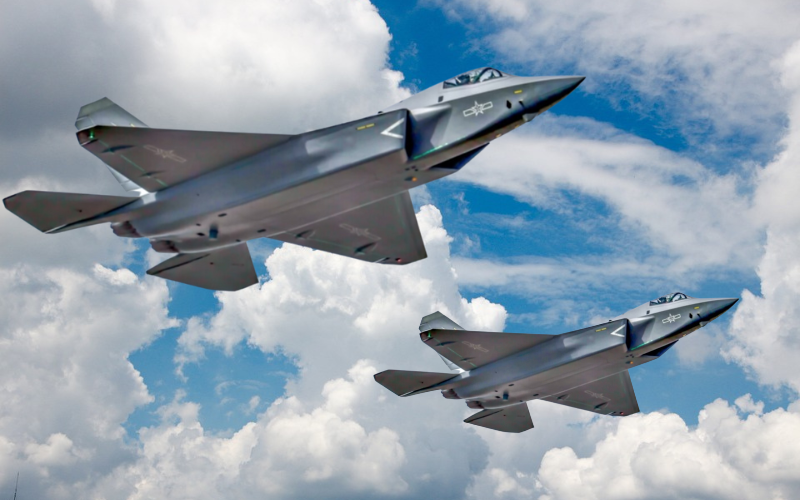
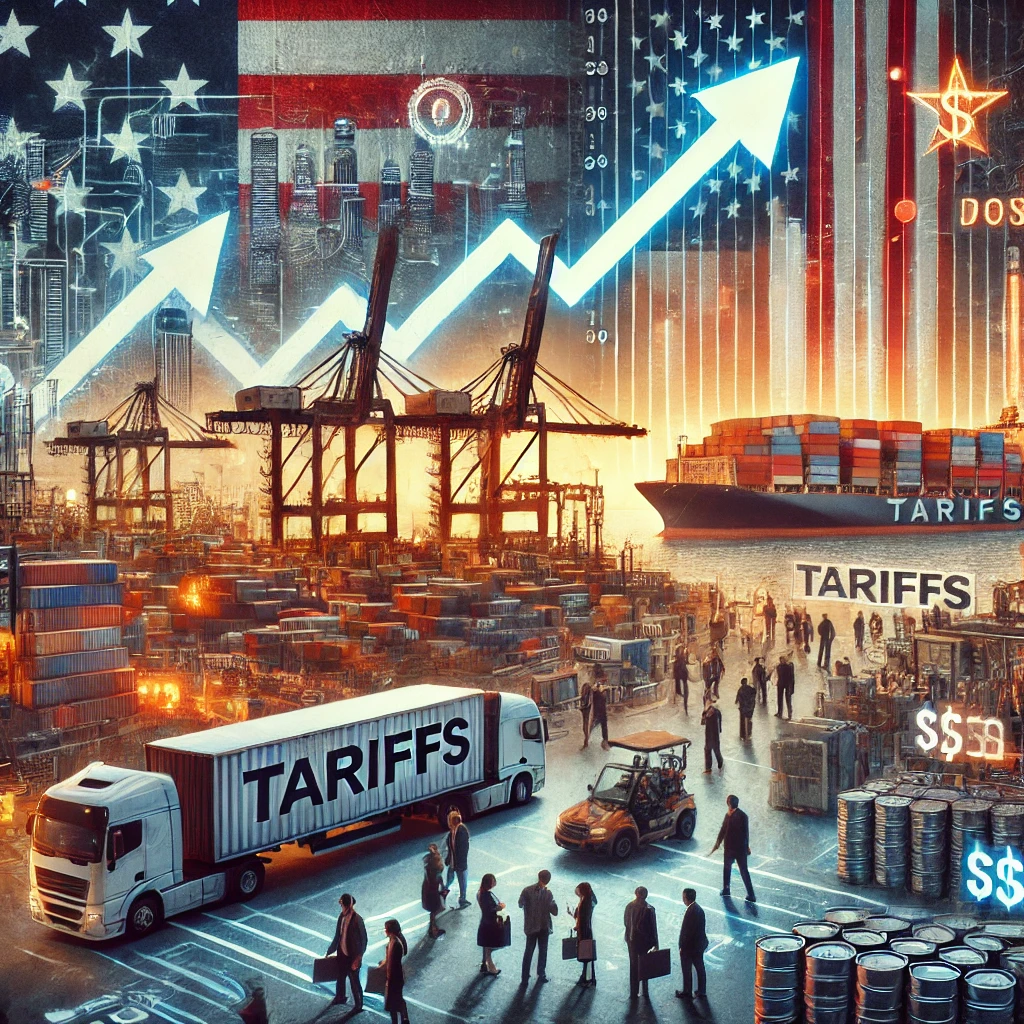
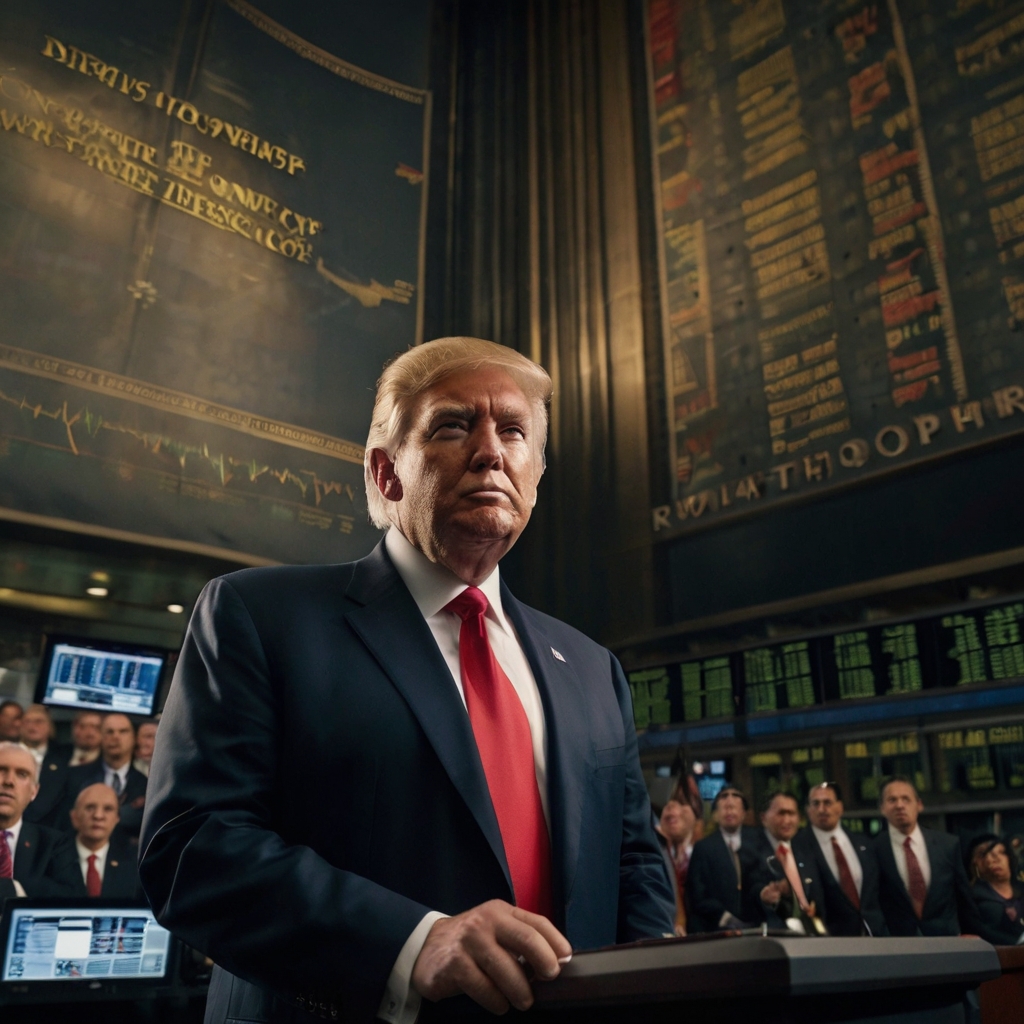




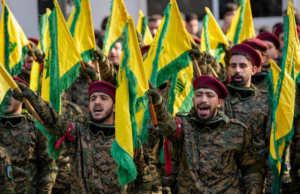

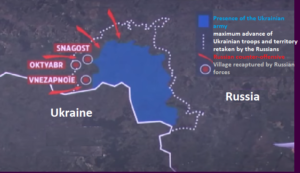

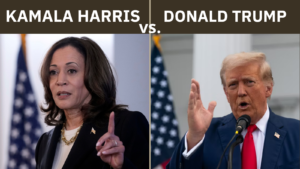

Post Comment